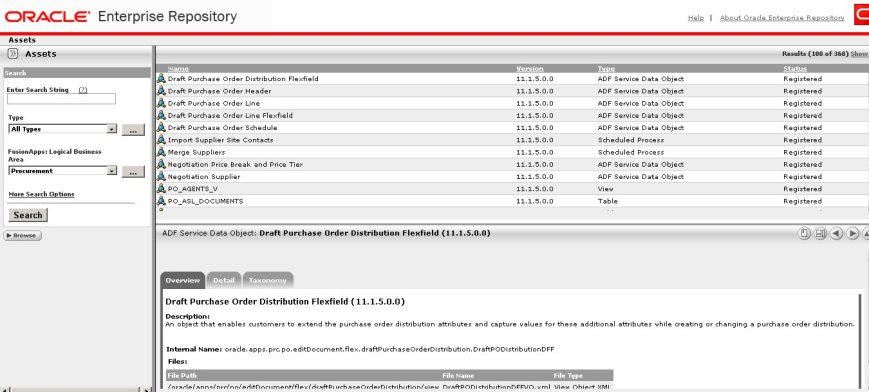Most of the time when you go for a pre-sale / sales meeting and lets say you are try to position oracle Service procurement . First question come from Client will be, why I need to Implement / use Oracle Service Procurement when I have iProcurement and I can procure services using Oracle iProcurement.
Answer is very simple and most of the time I found it convincing client,
Yes using Purchase basis feature you can buy services using Oracle Core Purchasing or Oracle iProcurement without Service procurement e.g. User Can enter requisition to buy 5000 AED worth of services and flow will go something like Quantity 5000 and the Price will be 1 AED so total value of services will be 5000 AED.
True Value Addition by Oracle Services Procurement in this area is more organized and streamlined buying of Services. Real advantage comes once you talk about Contingent Workers (very common in GCC region, everything other Person is contingent worked J ). User can buy contingent Labor using Service Procurement in a very structured way. Oracle Service procurement has Standard interface with Oracle Time Labor. Using this Time sheet entries get imported and automatically create the receipts against the Purchase Order and it works even more streamlined if you are in an organization who is using or intended to use Oracle Project Suite.
Bottom Line Service Procurement is primarily about managing contingent labor. It is also a key component of Complex Procurement.
TIP:- Don’t waste your words in talking about Complex Service Procurement if client business has nothing to do with Complex procurement mean if there is no progress based payment, no Recoupment etc. then Sell service Procurement simply using Contingent Worker Example





